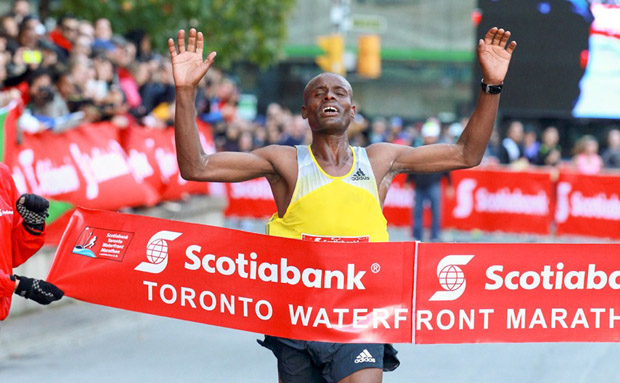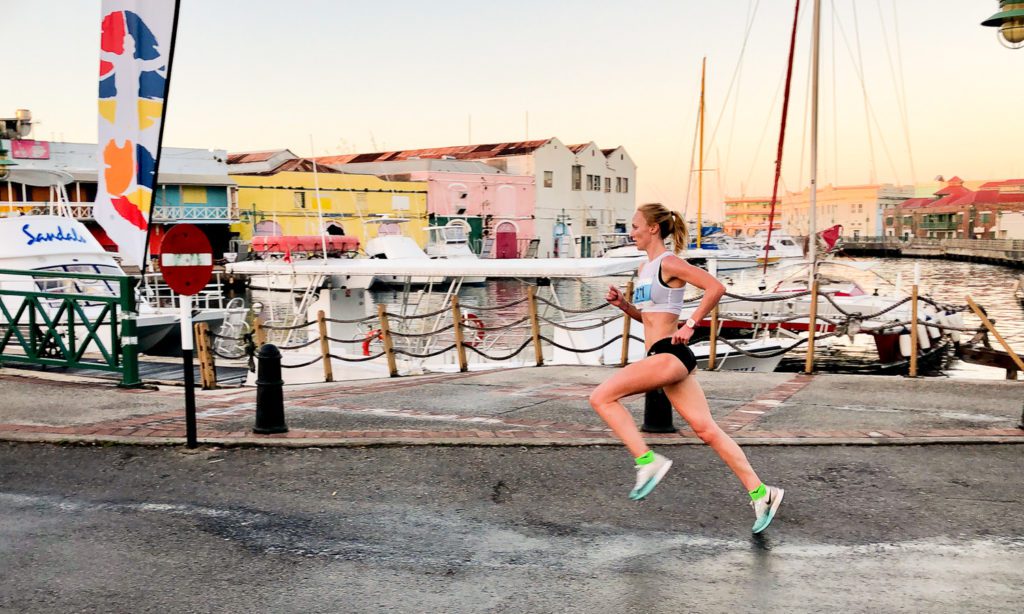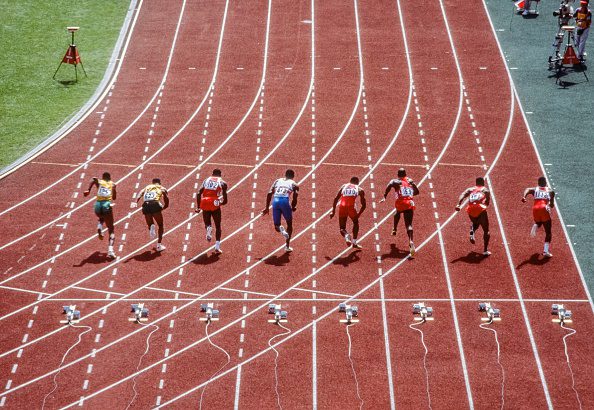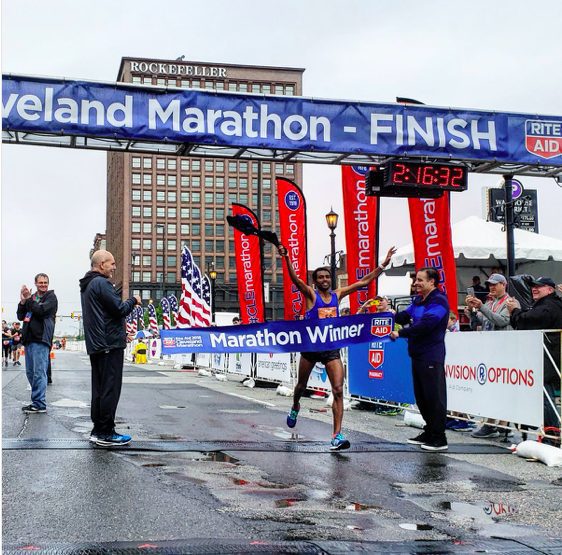How to pace your race like a pro
The pacing patterns of different races and how you can apply it to your training

A recent paper by Canadian physiologist Trent Stellingwerff and biomechanist Brian Hanley analyzing the races of Olympic finalists and semi-finalists in the 800m and 1,500m revealed several interesting nuggets about race tactics. Studying the races of elite athletes can help other runners improve their own performance as well, and the authors provided commentary on their findings and how coaches and runners alike can learn from the pacing tactics of those at the very top.
RELATED: A kick isn’t about speeding up, it’s about not slowing down

For example, authors pointed out that a runner’s kick is noted as their ability to accelerate in the final 100 to 200 metres of a race, but the kick is not so much an acceleration, as it is the ability to maintain speed, or to limit deceleration.
Final paper accepted in 2018: Successful mid-D pacing at World & Olympics. 800m & 1500m have pacing signature. "Pacing variability was high compared with WR's (CV: 5.2-9.1%), showing that athletes need to be able to vary pace and cope with surges." https://t.co/pozUb3slr2 pic.twitter.com/FXMk2uDrEO
— Trent Stellingwerff (@TStellingwerff) December 22, 2018
For the distance runner
When comparing longer races like the 5,000m to the 800m and 1,500m, the pacing strategies are a bit different. Stellingwerff said, “In most major championships, the distance events tend to be run as major negative split races, with the last quarter of the race being scorching fast.” But Stellingwerff points out that weather plays a role in distance races much more than shorter events, especially in events like the marathon. (The 2018 Boston Marathon is a great example.)

Hanley echoed Stellingwerff’s comments but added that he’s noticed that something specific happens in half-marathon pacing. “When I looked at the half-marathon, it was intriguing to find that many athletes formed packs and mirrored each other’s pacing patterns. This didn’t happen in the marathon, where pacing strategies seemed to disintegrate after 30 kilometres, a feature well known to all marathon runners.”
RELATED: How much do marathon pacers matter?
For the middle-distance runner
Stellingwerff and Hanley’s study also points to the importance of considering rounds when runners are preparing for a competition. Heats and finals are an aspect of racing that occur at all levels of running and can go unnoticed or forgotten in training. Stellingwerff recommends analyzing the pace demands of a race and simulating it in workouts. “Look at all the pace changes, and then try and set up intervals that are much more chaotic and less steady-state than most athletes do.” He continues, “Changes of pace and shifts of speed, within intervals, distracts athletes from the workout itself and allows them to change and react to tactics. This gets athletes ready to react and shift in training to different tactics, similar to what they will experience in a race.”

Hanley emphasizes the importance of preparing for any situation. “By incorporating some of the sessions that Trent described, athletes can be ready for any eventuality, as finishing positions are the most important aspect of championship racing and being able to put oneself in the top spots. Where you finish is more important than your actual time.”
Both authors also mention that the particular races they examined all took place at championship events. Championship racing means that runners are focused on their position within a race over their finishing time, as position is the primary qualifier for the following round. This means that the style of racing changes slightly and the tactics used in a race are geared toward winning as opposed to running as fast as you can.


